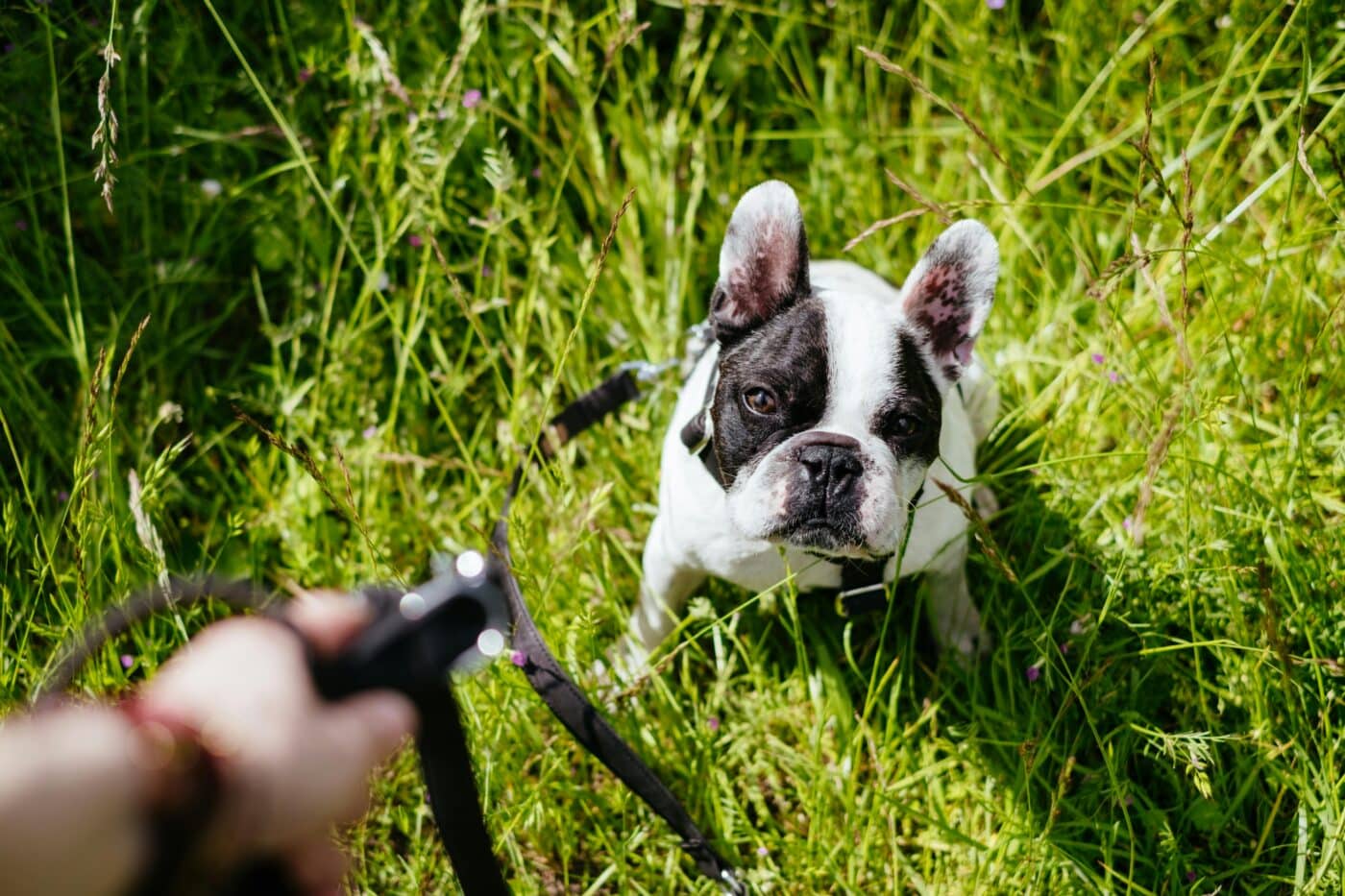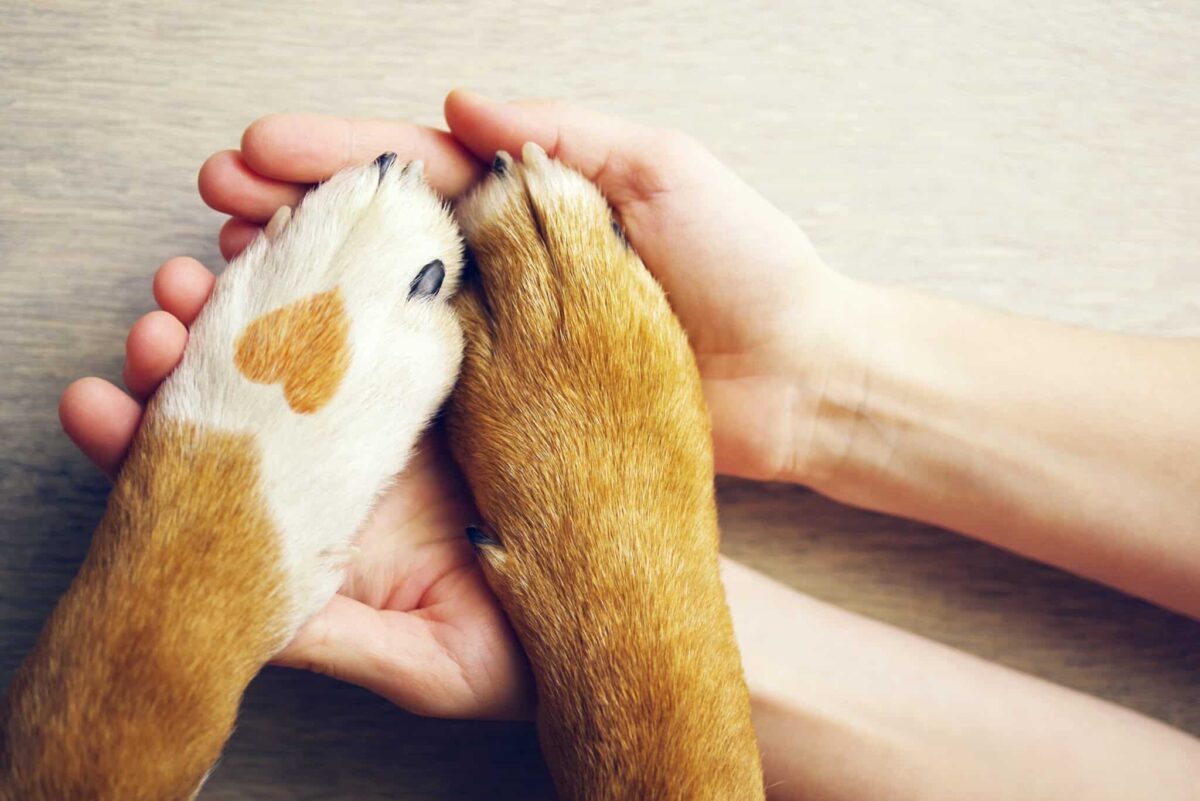 Shutterstock
Shutterstock
Dogs have long been known as man’s best friend, but their bond with humans goes deeper than simple companionship. One of the most remarkable aspects of this connection is their uncanny ability to read and interpret human facial expressions. While we often take this skill for granted, dogs possess a unique aptitude for understanding our emotions by observing our faces. This ability goes beyond basic training or simple observation—it’s rooted in evolution, cognitive skills, and an impressive understanding of human behavior.
The Happy Face
 Shutterstock
Shutterstock
One of the most recognizable emotions to dogs is happiness. When you smile or laugh, your dog can tell that you’re in a good mood and will often respond with enthusiasm. Dogs are skilled at associating a smiling face with positive experiences, such as playtime, treats, or praise. Studies have shown that dogs tend to mirror their owners’ emotions, so if you are visibly happy, your dog will likely reflect that energy. Their tail may wag excitedly, their ears might perk up, and they may even approach you for interaction, ready to share in the moment of joy.
The Stern Glance
 Shutterstock
Shutterstock
Dogs are highly perceptive when it comes to recognizing negative emotions, and a stern or angry expression is no exception. A furrowed brow, narrowed eyes, and a tight-lipped mouth signal to your dog that something is wrong. This reaction likely taps into their instinctual understanding of hierarchy and pack behavior, where expressions of anger or dominance from an alpha figure require submission. If a dog senses displeasure in your face, they might lower their ears, avoid eye contact, or exhibit submissive behaviors like tucking their tail or lying down. These reactions are their way of communicating that they acknowledge your disapproval.
 Shutterstock
Shutterstock
Eye contact plays a significant role in the way dogs read human facial expressions. When you look into your dog’s eyes, they can interpret your intentions and emotional state. Direct, soft eye contact is often perceived as a sign of love and trust, which dogs respond to with a calm demeanor and affectionate gestures. On the other hand, prolonged, hard eye contact can be seen as a challenge or threat, causing some dogs to become anxious or defensive. Dogs’ ability to discern the difference between positive and negative eye contact is a testament to their sophisticated social intelligence.
Recognizing Sadness
 Shutterstock
Shutterstock
Dogs are known for their empathetic nature and one of the most heartwarming ways they show it is by recognizing sadness in their human companions. If you’re feeling down and your facial expression reflects it, your dog is likely to pick up on it. Dogs may approach you with gentle nudges, rest their head on your lap, or sit close to provide comfort. This behavior is rooted in their pack mentality; in the wild, members of a group would support each other during vulnerable moments. Your dog’s ability to sense sadness and offer comfort speaks volumes about their emotional sensitivity and bond with humans.
The Surprised Expression
 Shutterstock
Shutterstock
Dogs can even detect expressions of surprise and may react accordingly. If you widen your eyes, raise your eyebrows, or gasp, dogs might become curious or alert, trying to understand what caused your reaction. Depending on the context, they might bark, tilt their head, or exhibit playful behavior. Dogs use their acute observation skills to read your expression and respond to what they think is happening, whether it’s a positive surprise or a potential threat. Their response often mirrors your reaction, showcasing their ability to adapt quickly to changing situations based on visual cues from your face.
The Neutral Face
 Shutterstock
Shutterstock
A neutral expression may seem like it doesn’t communicate much, but dogs are experts at reading subtle changes even in relaxed faces. When you maintain a neutral or blank expression, your dog may look for other body language cues or vocal tones to assess your mood. This attentiveness demonstrates that dogs don’t rely solely on exaggerated facial expressions; they can pick up on minute details like a slight raise of an eyebrow or a twitch of the mouth. This skill helps dogs interpret complex emotions and adjust their behavior accordingly, proving their keen observational abilities.
Facial Mimicry
 Shutterstock
Shutterstock
One surprising way dogs show their understanding of human facial expressions is through mimicry. Studies have found that dogs are capable of mirroring their owners’ facial expressions, a behavior known as “emotional contagion.” If you smile, your dog might appear to “smile” back by lifting their ears and relaxing their face. This mimicry is thought to be a social bonding tool that helps reinforce the connection between dogs and their humans. By mirroring your expression, dogs demonstrate empathy and a desire to be in sync with your emotions, solidifying the strong bond they share with you.
Dogs Are Watching Your Every Move
 Shutterstock
Shutterstock
Dogs’ ability to read and respond to human facial expressions highlights the deep bond we share. From recognizing joy to sensing sadness, their skills exceed expectations. This talent, developed through thousands of years of co-evolution with humans, makes dogs experts at interpreting emotions and reacting with empathy. So, next time your dog reacts to your smile or comforts you when you’re sad, remember their understanding goes deeper than you think. They truly are the best listeners, responding to your emotions without needing words—just their attentive, loving presence.

 3 weeks ago
7
3 weeks ago
7


















 English (US) ·
English (US) ·